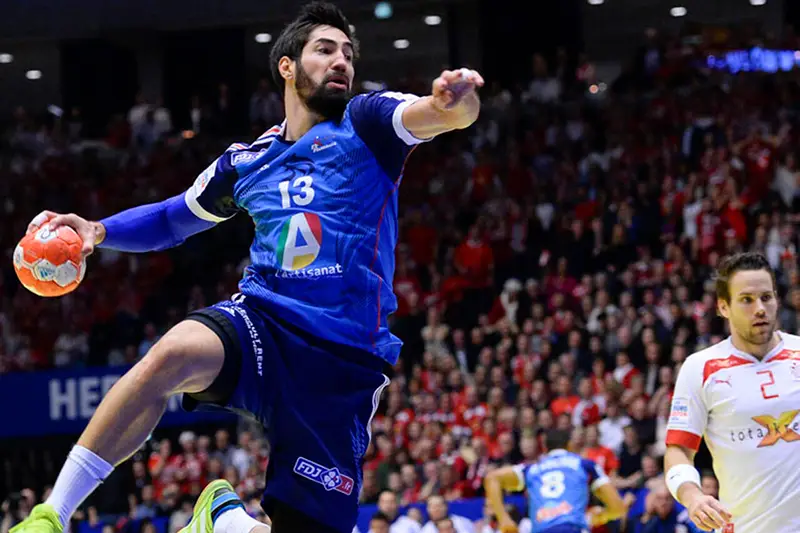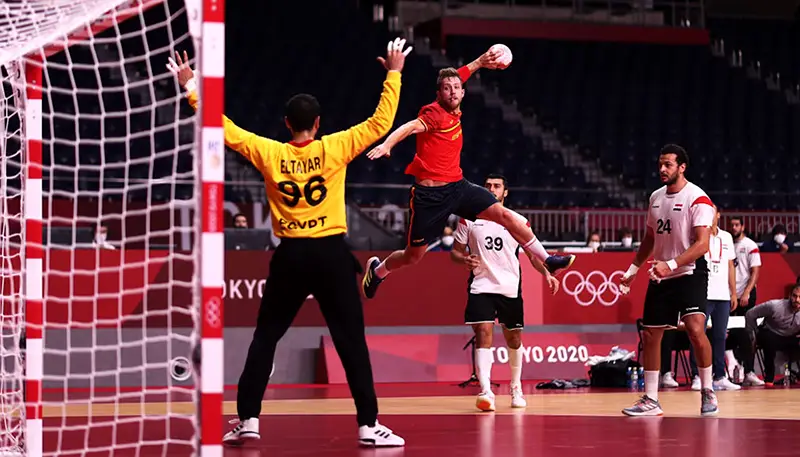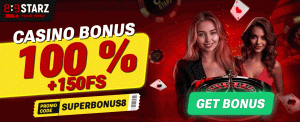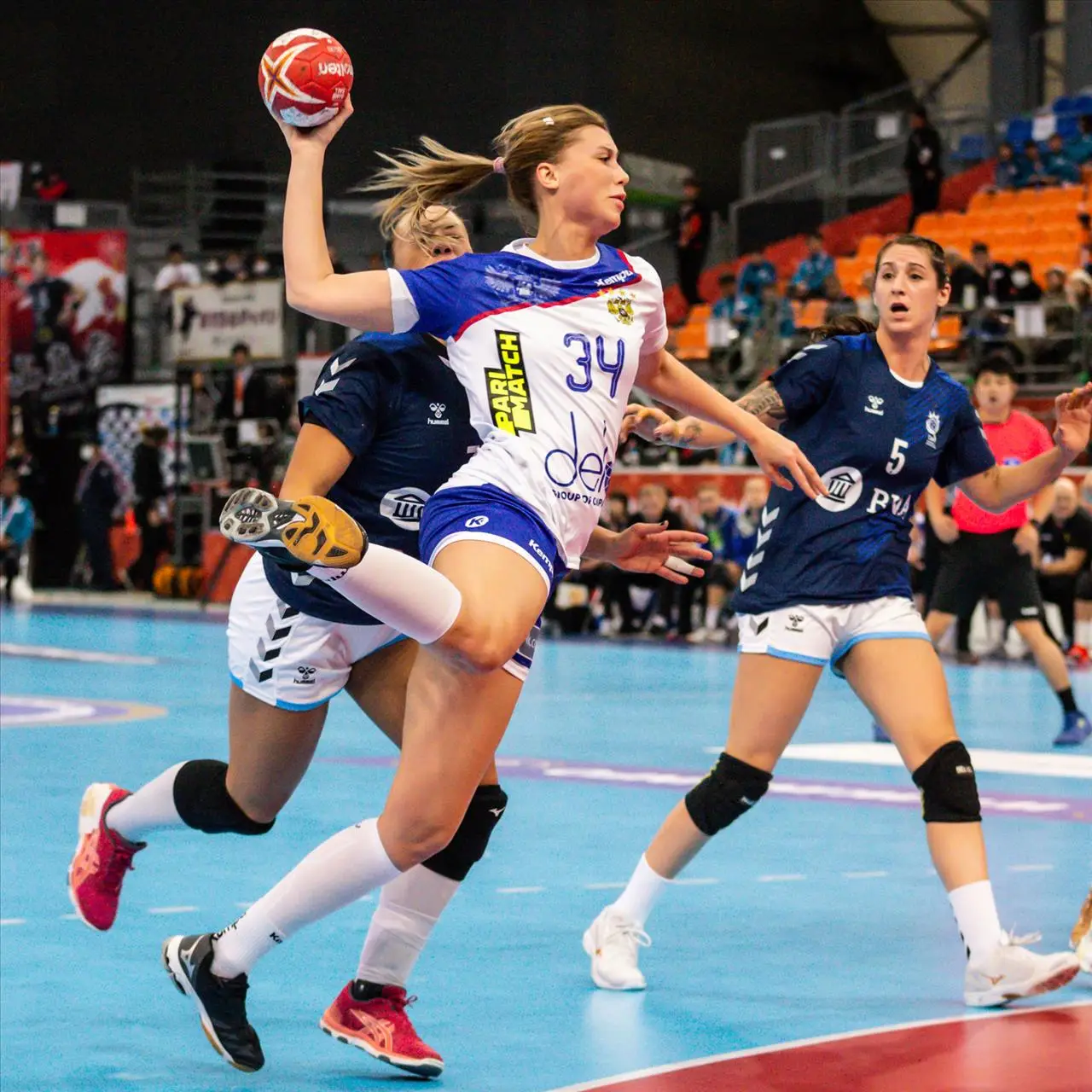How is handball different from volleyball? Both sports are highly dynamic but require different approaches. Handball is about speed, contact and constant movement. Volleyball is tactical precision, reaction and precise combinations. Each sport has its own characteristics. They have common features as well as significant differences in technique, history and popularity. Analysing the key aspects will help you determine which is better suited to your preferences.
History of handball and volleyball
Handball began to take shape in the late 19th century in Germany and Denmark. The debut official championships took place in the 1920s, when the sport took its modern form. Handball developed for a long time as a European discipline, but by the middle of the 20th century it had become widely known in Asia and South America. It became part of the Olympic Games in 1936, but only appeared in the usual hall format in 1972.
Volleyball was invented in 1895 in the USA by teacher William Morgan. The aim was to create a team game, less contact than basketball. The game was originally intended for corporate workers, but soon spread worldwide. By 1947, the International Volleyball Federation (FIVB) was created, and in 1964 the sport made its Olympic debut.
The evolution of these sports confirms their development in different contexts: handball focuses on physical contact and attacking strategy, while volleyball focuses on precision and team co-operation.
Handball and volleyball: the rules that define the game
 How is handball different from volleyball? The main differences lie in the rules and format of the game.
How is handball different from volleyball? The main differences lie in the rules and format of the game.
Handball is a contact sport in which players can hold the ball, move with it around the court, make passes and attack the opponent’s goal.
Basic rules:
- Hold the ball in your hands for no more than three seconds.
- Move no more than three steps without driving the ball.
- Passing, driving and shooting are done with the hands and the ball weighs about 450-500 grams.
- Each team consists of 7 players, including the goalkeeper.
- The goalkeeper may use any part of his body to defend the goal.
- Physical contact, but infringements (holding the opponent, pushing) are penalised.
Volleyball is a non-contact game where the ball is always in the air and the main interaction is through the net.
Basic rules:
- Players may only touch the ball with their palms, fingers or forearms, but holding the ball is prohibited.
- Each team may touch the ball a maximum of three times before sending it to the opponent’s side.
- There are 6 players per team, substitutions are possible at any time.
- Contact with the net is forbidden, violation of the rule results in loss of a point.
- The play continues until the ball touches the floor or goes out of bounds.
The main difference lies in the mechanics of the game: handball players actively use physical wrestling, power moves and throws. Volleyball players rely on reaction, coordination and team play without physical contact.
Difference in playing technique
Handball players must have strong physical fitness, the ability to change direction, attack and defend. Movement on the court is based on explosive spurts, fast passing and shots from different distances. The tactics of the game, including combinations and individual passes, are of great importance.
Volleyball players focus on jumping technique and accuracy of movement. Players spend a lot of time in the post, constantly analysing the trajectory of the ball. Passing, serving and attacking require team cohesion, while blocks and defences against opponents require instant reaction.
The main difference: in handball the key element is shooting and defence, in volleyball it is attacking and blocking.
How popular are these sports in the world
The popularity of handball is high in Europe – Germany, France, Spain and Denmark. There the sport occupies leading positions. A developed club system and national tournaments make handball popular.
Volleyball is popular not only in Europe, but also in South America, Asia and Russia. World Championships, Olympic Games and many professional leagues confirm its popularity.
Its popularity depends on the region: handball dominates in Europe, while volleyball dominates worldwide.
Main similarities and differences
Despite significant differences, these sports have similarities:
- team structure: both require teamwork and co-operation;
- dynamism: players are constantly moving, attacking and defending rapidly, creating a tense and dynamic game;
- tactical planning: strategies are tailored to the style of the team and opponents.
However, the key differences between the games are significant, and they manifest themselves in various aspects:
- playing court: handball uses a 40×20 metre hall format, while volleyball uses an 18×9 metre court or a sand court;
- contact: in handball a hard physical struggle is allowed, in volleyball the interaction of players with the opponent is excluded;
- playing technique: handball players throw and move with the ball using dribbling, volleyball players perform serves, passes and shots over the net;
- defensive tactics: in handball, defenders actively block opponents, in volleyball, defence is done through the positioning and reaction of the team.
Conclusion
 From this article you have learnt how handball differs from volleyball. The key differences are in the rules, technique and dynamics. Handball is a sport for those who like wrestling and intense attacks. Volleyball is for lovers of strategy, precision and co-ordination. Both sports disciplines promote the development of physical skills and team spirit. It is important to consider personal preferences when making your choice. Trying each is the best way to determine which sport is more suitable.
From this article you have learnt how handball differs from volleyball. The key differences are in the rules, technique and dynamics. Handball is a sport for those who like wrestling and intense attacks. Volleyball is for lovers of strategy, precision and co-ordination. Both sports disciplines promote the development of physical skills and team spirit. It is important to consider personal preferences when making your choice. Trying each is the best way to determine which sport is more suitable.
 en
en  ru
ru  de
de  ar
ar  es
es  nl
nl  hi
hi  fr
fr  it
it  pt
pt  el
el 










